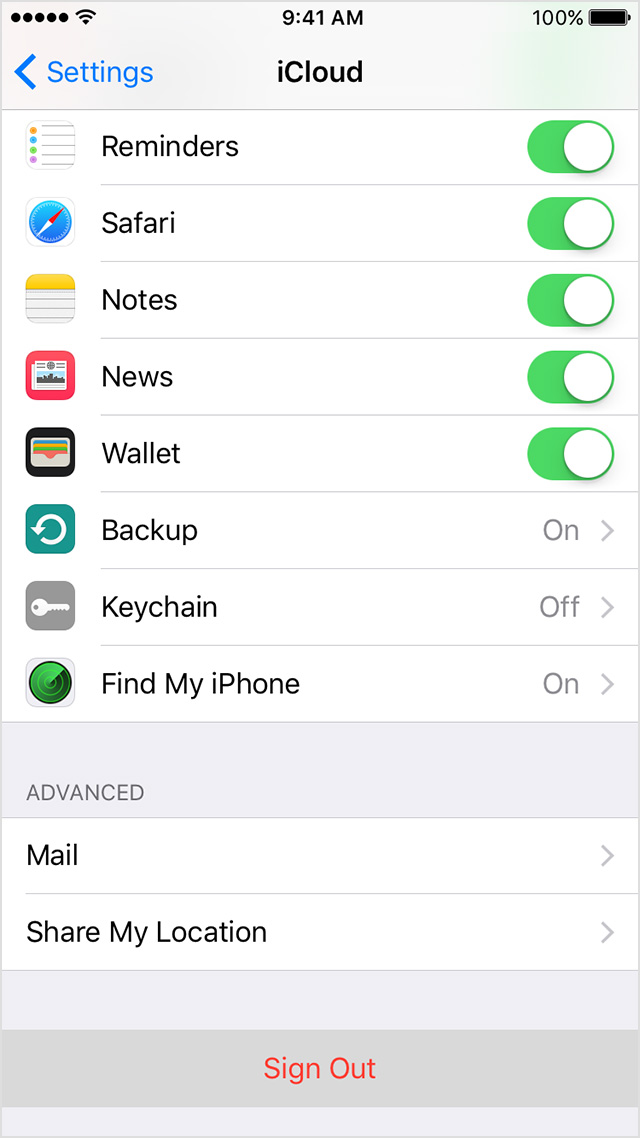

On the workaround topic in the KB you've sent, it refers to: Deploy Http-based automatic discovery in the environment. Skype for Business, formerly Lync 2013 for iOS, extends the power of Lync and Skype to your favorite mobile device: voice & video over wireless, rich presence, instant messaging, conferencing, and calling features from a single, easy-to-use interface. Looks like the problem affects only Lync 2013 clients that use MCX (Lync Mobile 2010 works).
Microsoft lync 2013 for iphone windows#
This KB refers to Windows Clients only (but not Lync Metro). If you would like to know more about the Access/Block/Quarantine option, check out this article. My Lync is up to date (Client and Server). To block these devices with iOS 9.0 and put them in quarantine, run the following: New-ActiveSyncDeviceAccessRule -QueryString "iOS 9.0 13A344" -Characteristic DeviceOS -AccessLevel Quarantine For example, my iPhone 6 reports DeviceOS as “iOS 9.0 13A344”. The reported DeviceOS strings then is used to create an ActiveSync device rule.

Organizations can report on the currently registered iOS8 devices that syned in the last 30 days, using: Get-MobileDevice | Where-Object | Select DeviceModel, DeviceOSLanguage, DeviceOS Of course, this also requires users to reconfigure accounts and Outlook App settings, so organizations can expect some calls to the service desk by users who upgraded.
Microsoft lync 2013 for iphone upgrade#
I recently had to upgrade 2 Lync Server 2013 Edge servers (one on Windows Server 2008 R2 and the other on Windows Server 2012) and since I haven’t written a blog post demonstrating the process, I went ahead to document one of the deployments for this blog post. When the tiles begin to shake and the X appears, tap the X to delete the application. Could you please help me to fix the same asap. I hit this issue with a customer that had a public CA cert on their reverse proxy, but only an internal cert on a dev/test Lync 2013 edge. I have installed office 365 also in my iphone 5S and opening Lync for business 2013 via Office 365 only but still getting the same message. The far from ideal workaround offered by the Outlook team, is to reinstall the Outlook app. Terence Luk: Deploying Lync Server 2013 Edge Server. To remove Lync 2013 for iPhone or Microsoft Lync 2010 for iPad from the device, perform the following steps: On the mobile device home screen, tap and hold the Lync icon. It seems that in the latest version of Lync for the iPhone/iPad/iOS Microsoft have tightened up on the certificate checks. Regarding the Outlook App, iOS9 users might not be able to start the Outlook App or the Outlook app will just crash. Unfortunately, incidents have been reported with the Outlook app and the Lync 2013 App. From an Exchange or Office 365 perspective, iOS 9 supports the enhanced calendar features of Office 365 and Exchange 2016 when that is released. After Apple released iOS 9 to the public yesterday.


 0 kommentar(er)
0 kommentar(er)
